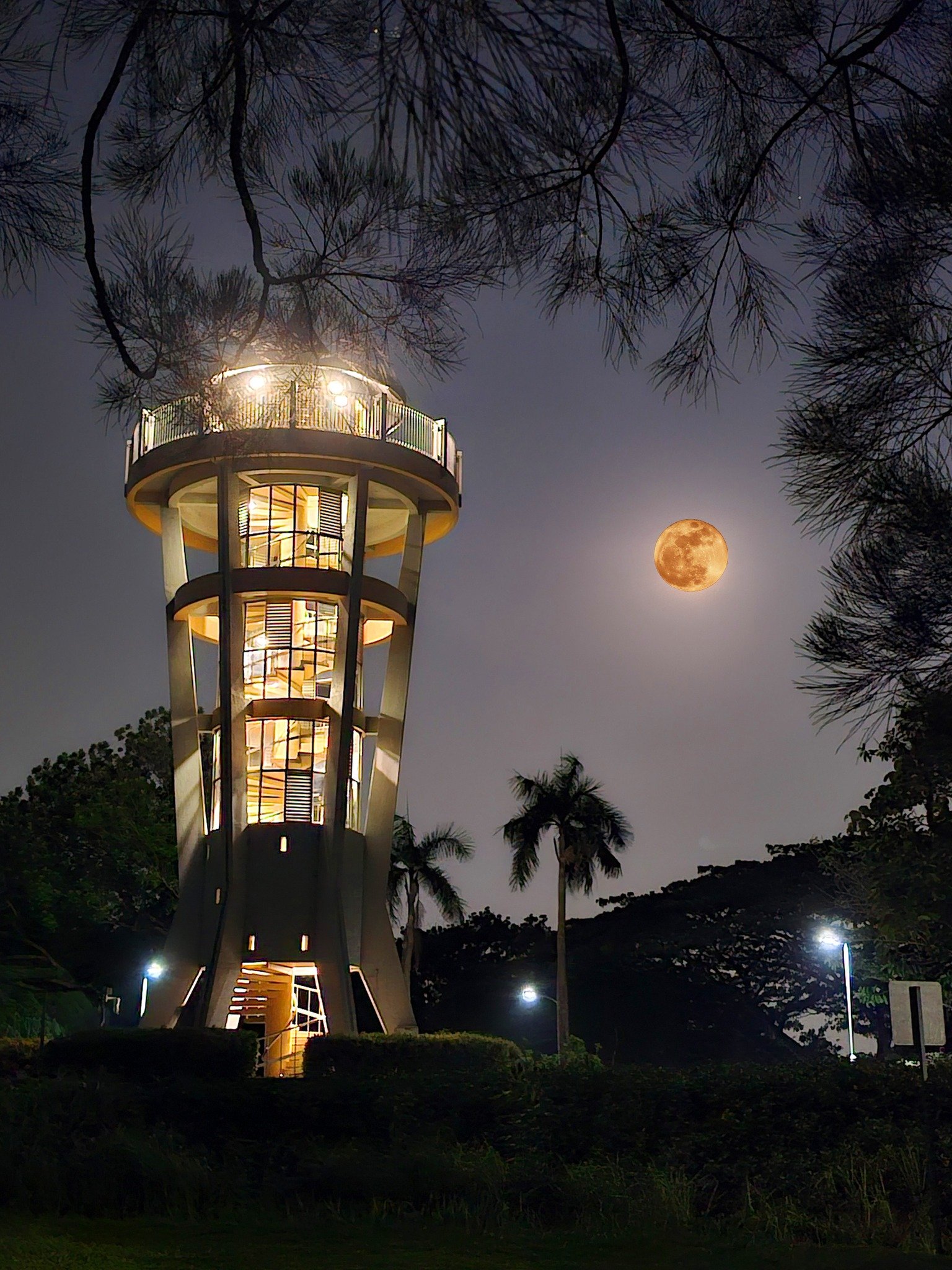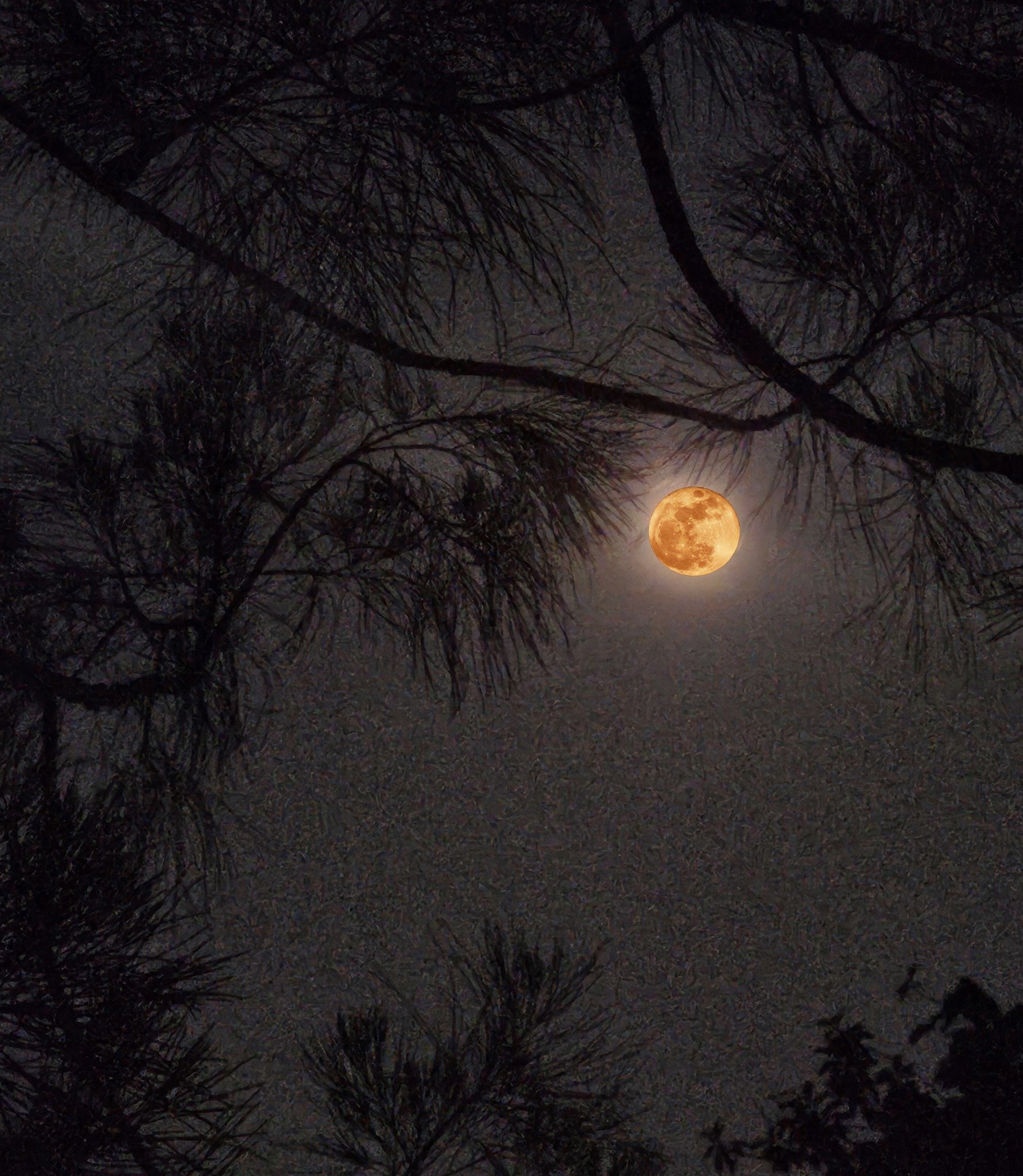Super Blue Moon: The Celestial Phenomenon That’s Out Of This World
Let’s talk about the super blue moon, a cosmic event that’s as rare as it is mesmerizing. Picture this: a night sky illuminated by a moon that’s not just full, but supersized, blue-tinted (well, kind of), and brimming with celestial magic. This phenomenon doesn’t happen every month—or even every year—but when it does, it’s a sight that leaves stargazers awestruck. So, what exactly is a super blue moon, and why should you care? Let’s dive in.
Imagine being outside on a crisp evening, looking up at the sky, and spotting a moon that seems to defy the laws of nature. It’s brighter, closer, and feels almost alive. That’s the super blue moon for you—a rare alignment of cosmic forces that makes the ordinary extraordinary. Whether you’re a seasoned astronomer or just someone who loves a good night sky show, this event is worth marking on your calendar.
Now, before we get too deep into the nitty-gritty, let’s clear the air: the super blue moon isn’t actually blue. Shocking, right? The name comes from a mix of folklore and astronomy, and we’ll break that down in a bit. But trust me, this moon is still super cool—pun intended—and understanding it will give you a deeper appreciation for the universe we live in.
What Exactly is a Super Blue Moon?
First things first, let’s define what we’re dealing with here. A super blue moon is essentially a double whammy of two rare lunar events: a supermoon and a blue moon. A supermoon occurs when a full moon coincides with the moon’s closest approach to Earth in its orbit, making it appear bigger and brighter. A blue moon, on the other hand, is the second full moon in a calendar month, which happens about once every two and a half years.
When these two events align, you get a super blue moon—a moon that’s not just big and bright but also a rare occurrence. Think of it as the moon’s version of a jackpot. And while it may not be blue in color, the name adds a touch of mystery and intrigue that makes it all the more fascinating.
The Science Behind the Super Blue Moon
Now, let’s get into the science of it all. The moon orbits Earth in an elliptical path, meaning its distance from us varies throughout the month. When the moon is at its closest point to Earth—a position known as perigee—and it’s also full, we get a supermoon. This makes the moon appear up to 14% larger and 30% brighter than a typical full moon.
- Explore Jenny Taborda Videos More Your Ultimate Guide
- Jessica Sodi Awards Biography More Discover Her Rise
A blue moon, on the other hand, is a result of the lunar cycle not perfectly syncing with our calendar months. Since a lunar cycle lasts about 29.5 days, it’s possible to have two full moons in a single month. The second one is called a blue moon, a term that dates back to old English folklore.
Why is it Called a Blue Moon?
Here’s where things get interesting. The term “blue moon” doesn’t refer to the moon’s color but rather its rarity. The phrase “once in a blue moon” has been around for centuries, used to describe something that happens infrequently. In the 19th century, the phrase was adopted by astronomers to describe the second full moon in a calendar month.
And while the moon itself doesn’t turn blue, there are rare occasions when atmospheric conditions—like volcanic eruptions or dust storms—can make the moon appear blue. But that’s a different story altogether.
How Often Does a Super Blue Moon Occur?
Alright, so how often can you expect to see a super blue moon? The short answer is: not very often. Supermoons occur several times a year, but blue moons are much rarer, happening about once every two and a half years. When you combine the two, you’re looking at a super blue moon occurring roughly once every 2.7 years. That’s why it’s such a big deal when it happens.
For example, the last super blue moon occurred in January 2018, and the next one isn’t expected until 2037. So, if you’re lucky enough to catch one, consider yourself blessed.
Where and When Can You See a Super Blue Moon?
Now, let’s talk logistics. If you’re planning to catch a super blue moon, timing is everything. The best time to view it is when the moon is at its fullest, usually around midnight or early morning. And while you don’t need any special equipment to see it, a pair of binoculars or a telescope can enhance the experience and give you a closer look at the moon’s craters and features.
As for location, anywhere with a clear view of the night sky will do. Urban areas with lots of light pollution might make it harder to see, so consider heading to a rural area or a designated dark-sky park for the best viewing experience.
Tips for Viewing a Super Blue Moon
- Choose a location with minimal light pollution.
- Check the weather forecast to ensure clear skies.
- Bring a pair of binoculars or a telescope for a closer look.
- Be patient and give your eyes time to adjust to the darkness.
The Cultural Significance of the Super Blue Moon
Throughout history, the moon has played a significant role in human culture and mythology. The super blue moon, with its rarity and beauty, has inspired countless stories, poems, and traditions. In many cultures, the moon is seen as a symbol of mystery, transformation, and renewal. And when a super blue moon graces the sky, it’s often viewed as a time for reflection and introspection.
For example, in Native American folklore, the moon is often associated with the changing seasons and the cycles of life. The super blue moon, with its double rarity, is seen as a time for deepening one’s connection to nature and the universe.
Super Blue Moon vs. Blood Moon: What’s the Difference?
Let’s clear up a common misconception: a super blue moon is not the same as a blood moon. While both are lunar phenomena, they occur under different conditions. A blood moon happens during a total lunar eclipse, when the Earth passes between the sun and the moon, casting a reddish hue on the moon’s surface. A super blue moon, on the other hand, is simply a supermoon that happens to be the second full moon in a calendar month.
That said, it’s possible for a super blue moon to coincide with a lunar eclipse, creating a super blue blood moon—a truly rare and spectacular event. The last one occurred in January 2018, and it was a sight to behold.
Fun Facts About the Super Blue Moon
Here are a few fun facts about the super blue moon that might surprise you:
- It’s not actually blue—just rare.
- The term “blue moon” dates back to the 16th century.
- Super blue moons occur roughly once every 2.7 years.
- They can be seen from anywhere on Earth, as long as the skies are clear.
Did You Know?
In 1983, a super blue moon coincided with a total lunar eclipse, creating a super blue blood moon that was visible across much of the world. This event was so rare that it made headlines and sparked a renewed interest in astronomy.
How to Photograph a Super Blue Moon
If you’re planning to capture the beauty of a super blue moon, here are a few tips to help you get the perfect shot:
- Use a camera with manual settings for better control over exposure and focus.
- Invest in a telephoto lens to zoom in on the moon’s details.
- Set your camera on a tripod to avoid blurriness.
- Experiment with different shutter speeds to capture the moon’s movement.
And remember, the best photos often come from patience and practice. So, don’t be afraid to experiment and have fun with it.
Conclusion: Why the Super Blue Moon Matters
In conclusion, the super blue moon is more than just a celestial event—it’s a reminder of the beauty and mystery of the universe. Whether you’re a seasoned astronomer or a casual stargazer, witnessing a super blue moon is an experience that stays with you. It’s a chance to connect with something bigger than ourselves and to marvel at the wonders of the cosmos.
So, the next time a super blue moon graces the sky, make sure to take a moment to appreciate it. Share your experience with friends, snap a photo, or simply sit back and enjoy the view. And don’t forget to mark your calendar for the next one—it’s not every day you get to see something this extraordinary.
Now, it’s your turn! Have you ever seen a super blue moon? Share your thoughts and experiences in the comments below, and don’t forget to share this article with your fellow moon enthusiasts.
Table of Contents
- What Exactly is a Super Blue Moon?
- The Science Behind the Super Blue Moon
- Why is it Called a Blue Moon?
- How Often Does a Super Blue Moon Occur?
- Where and When Can You See a Super Blue Moon?
- Tips for Viewing a Super Blue Moon
- The Cultural Significance of the Super Blue Moon
- Super Blue Moon vs. Blood Moon: What’s the Difference?
- Fun Facts About the Super Blue Moon
- How to Photograph a Super Blue Moon



Detail Author:
- Name : Makenna Funk II
- Username : reid.mcclure
- Email : miles88@yahoo.com
- Birthdate : 1970-12-25
- Address : 37730 Brandon Squares Suite 562 North Sophie, DC 61627-5400
- Phone : +1-872-375-7465
- Company : Bode-Waelchi
- Job : Wholesale Buyer
- Bio : Officiis omnis nihil blanditiis incidunt. Tempore ut et sequi autem sit nihil. Corrupti consequuntur quisquam eaque culpa ut.
Socials
facebook:
- url : https://facebook.com/lucienne6529
- username : lucienne6529
- bio : Ducimus in fugit perferendis in voluptas officia.
- followers : 3723
- following : 227
twitter:
- url : https://twitter.com/lucienne5797
- username : lucienne5797
- bio : Quos consequatur sequi voluptatem. Et ipsam sunt dicta dolore. Nostrum ut nihil aperiam sint quia velit est.
- followers : 1821
- following : 1067
tiktok:
- url : https://tiktok.com/@murray2020
- username : murray2020
- bio : Dolores distinctio suscipit qui aspernatur debitis voluptatum.
- followers : 1900
- following : 2352